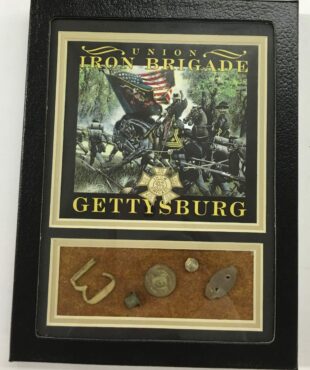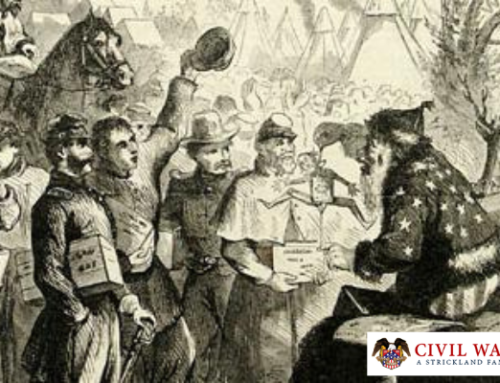The Minie Ball: A Revolutionary Projectile that Shaped the Civil War

The American Civil War marked a turning point in military history, not only for its vast scale and devastating impact on the nation but also for the technological advancements that emerged. Among these innovations, the Minie ball stands out as a revolutionary projectile that fundamentally changed the nature of warfare. Its development and widespread adoption played a pivotal role in shaping the tactics and outcomes of battles, including the iconic Battle of Gettysburg.
The Minie ball, named after its inventor Claude-Etienne Minié, was a conical bullet with a hollow base and a cylindrical body designed to fit snugly into the rifled barrels of firearms. Unlike traditional round balls used in muskets, the Minie ball was more aerodynamic and had a tighter barrel fit, improving accuracy and muzzle velocity. This innovation allowed soldiers to engage targets at greater distances with increased lethality, revolutionizing infantry tactics on the battlefield.
One of the Minie ball’s most significant advantages was its ease of use and mass production. Manufactured using simple machinery and readily available materials, such as lead and iron, it could be produced in large quantities at relatively low cost. This accessibility ensured that both Union and Confederate forces could equip their troops with the latest firearms and ammunition, leveling the playing field and intensifying the conflict.
The Battle of Gettysburg, fought from July 1st to July 3rd, 1863, is widely regarded as a turning point in the Civil War and a testament to the devastating power of the Minie ball. Throughout the three-day engagement, soldiers on both sides experienced the deadly efficiency of rifled muskets armed with Minie balls. The rugged terrain of Gettysburg provided ample opportunities for long-range engagements, where Union and Confederate forces exchanged volleys of gunfire with lethal precision.
The impact of the Minie ball on the Battle of Gettysburg was profound. The increased range and accuracy of rifled muskets enabled infantry units to inflict heavy casualties on their adversaries from positions of relative safety. Pickett’s Charge, a doomed Confederate assault on the final day of the battle, exemplified the devastating consequences of facing well-equipped troops armed with Minie balls. As Confederate soldiers advanced across open ground toward Union lines, they were met with a withering hail of rifle fire that decimated their ranks, resulting in staggering losses.
Beyond its immediate tactical implications, the Minie ball had far-reaching consequences for the outcome of the Civil War. The increased lethality of infantry firearms shifted the balance of power away from traditional cavalry and artillery tactics, emphasizing the importance of disciplined infantry formations and fortified positions. Battles became bloodier and more protracted affairs as soldiers on both sides struggled to adapt to the relentless onslaught of modern weaponry.
The development and widespread adoption of the Minie ball represented a watershed moment in military history, transforming the nature of warfare and shaping the outcome of the American Civil War. Its impact on the Battle of Gettysburg serves as a stark reminder of the deadly efficiency of rifled muskets armed with this revolutionary projectile. As we reflect on the legacy of the Civil War, the Minie ball stands as a testament to the ingenuity of inventors and the profound impact of technological innovation on the battlefield.












